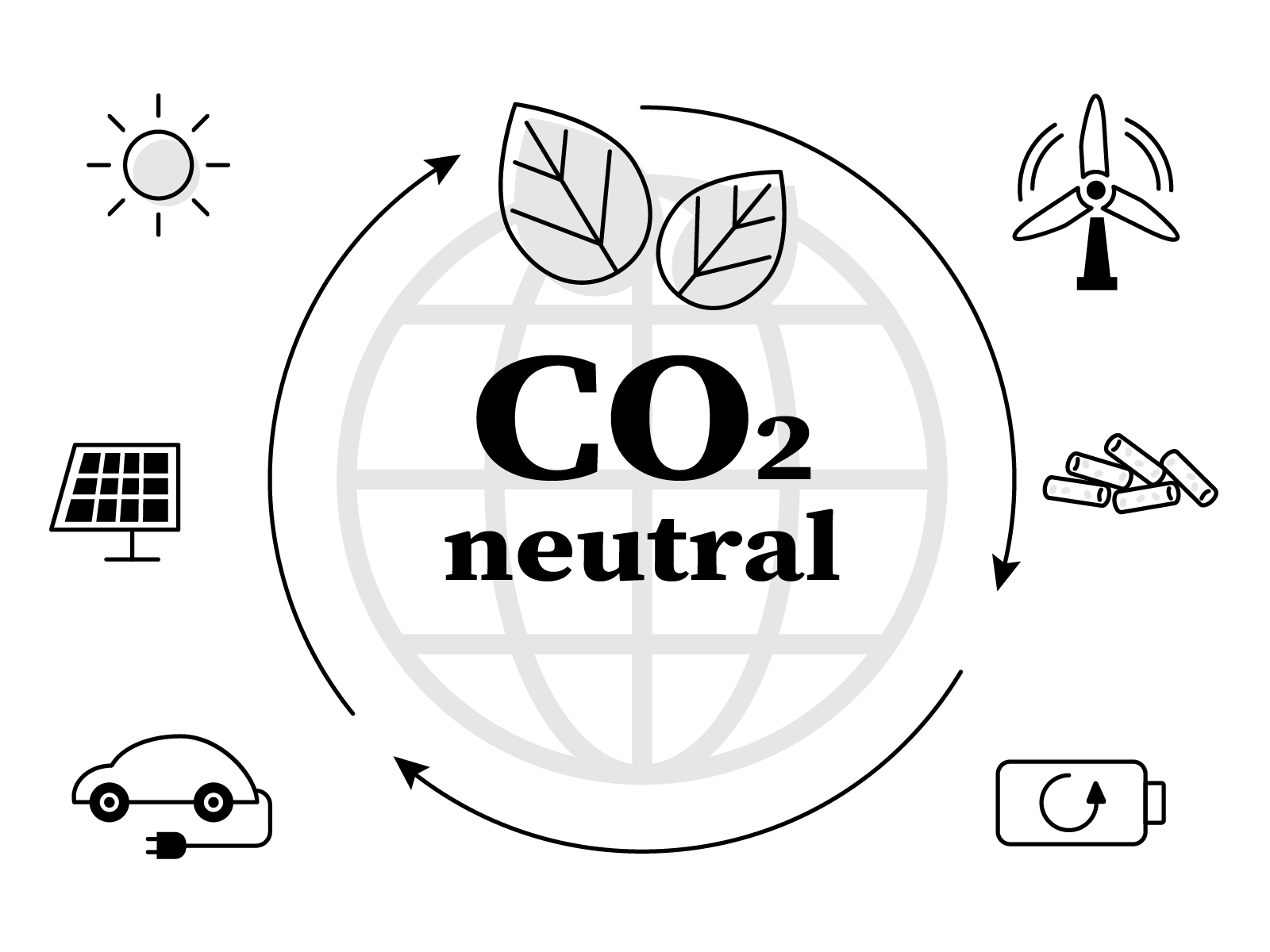What Does Carbon Neutral Manufacturing Mean?
More manufacturers are aiming for carbon neutrality—achieving net-zero carbon emissions from their operations.
Think of it like a “carbon diet”:
- Cut emissions as much as possible
- Offset what remains
It’s a big goal for any factory, but it’s quickly becoming the norm. And it directly aligns with SDG 13 (Climate Action).
Step 1: Measuring Your Carbon Footprint
Before reducing emissions, companies must measure their current impact. This includes:
- Direct emissions – from on-site fuel burning (e.g., gas boilers, diesel generators)
- Indirect emissions – from purchased electricity and energy sources
Knowing where emissions come from allows manufacturers to take targeted action.
Step 2: Cutting Emissions at the Source
Once the carbon footprint is clear, the next step is to slash emissions through:
1. Energy Efficiency Upgrades
- Installing LED lighting
- Optimizing machine usage
- Reducing waste and energy losses
2. Switching to Clean Energy (SDG 7 in Action!)
- Buying renewable electricity (wind, solar, hydro)
- Installing on-site solar panels or wind turbines
3. Electrification and Alternative Fuels
- Replacing fossil fuel-based processes with electric alternatives
- Exploring green hydrogen for high-energy industrial processes
Step 3: Offsetting the Remaining Emissions
Even after efficiency improvements and clean energy adoption, some emissions remain.
Companies offset these emissions by:
- Investing in carbon offset projects (e.g., tree planting, renewable energy funding)
- Supporting carbon capture technologies
This ensures that the emissions they can’t eliminate are balanced elsewhere.
Challenges on the Road to Net-Zero
Achieving carbon neutrality isn’t easy. Key challenges include:
⚡ New technology costs – Green hydrogen and carbon capture are still expensive.
📜 Offset credibility – Not all offsets are effective; companies need verified projects.
🔗 Supply chain emissions – Getting suppliers and partners on board is a major hurdle.
The Momentum Is Growing
Despite these challenges, more manufacturers are setting net-zero targets for 2030, 2040, or 2050.
Why?
- Customers, investors, and governments are pushing for climate action.
- Sustainability is becoming a competitive advantage.
Conclusion: A Marathon, Not a Sprint
The journey to carbon-neutral manufacturing takes time, investment, and innovation.
But every step counts—whether it’s installing a solar array or sourcing greener materials. Each action moves manufacturing closer to true sustainability and advances SDG 13 (Climate Action).












Leave a Reply